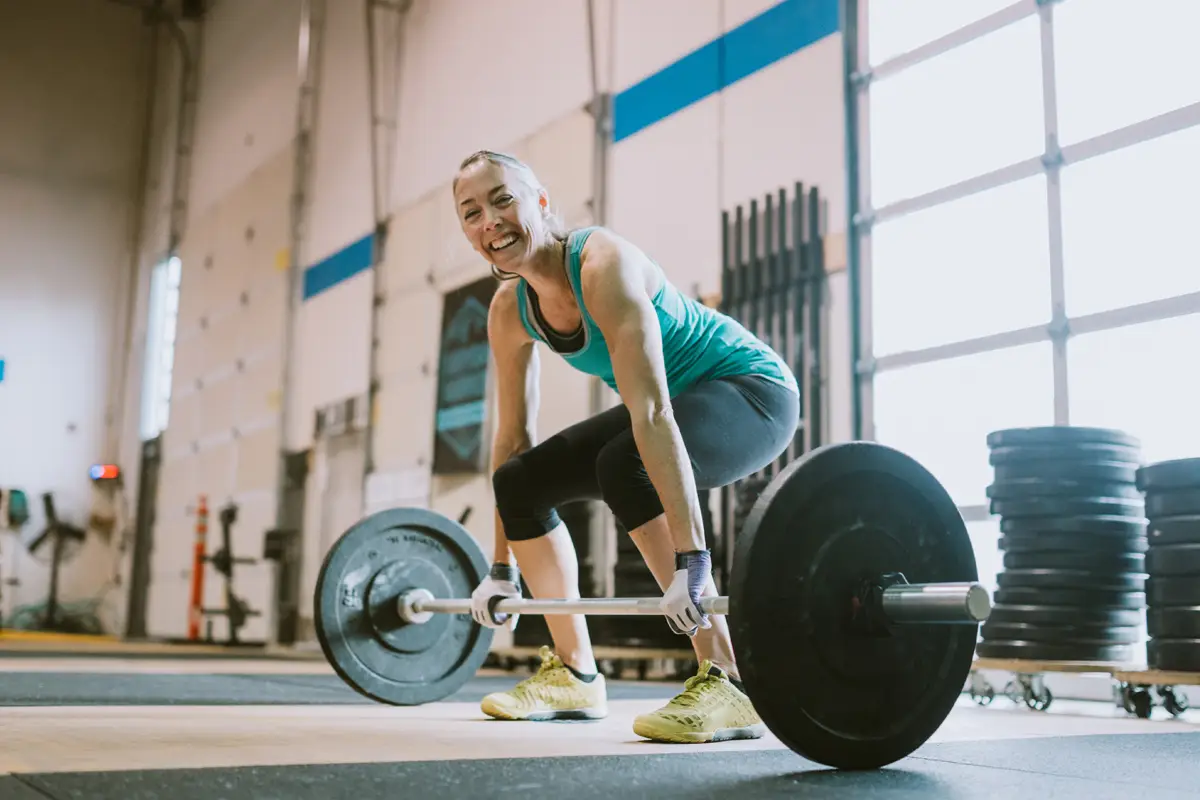We are excited to announce that we will be running our Youth Athletic Development class again this summer! Classes will be held Monday, Wednesday, and Friday from 8:00am -8:50am starting June 17th until August 2nd (with no class the week of July 4th). Enrollment is open to ages 12-18 and it will be $199 for the whole 6 weeks. If you are interested, or know someone who is, talk with Nick to get signed up!
In honor of this class starting back up, let’s discuss the importance of starting strength training at a young age. Once school is out, you’ll notice we get a big influx of young people training in the gym. I have spoken with quite a few parents over the years that come to me with the question, “when should my child start lifting weights”? Let’s take a deeper look inside the answer to this question.
From birth, we come hard wired with primal instincts that help us develop basic movement skills in our first 6 months. The ability to breathe, swallow, lift our heads, roll on to our side, cough, sneeze, and go to the bathroom. As we move beyond the 6-month milestone, crawling and picking up items becomes easier as muscle and bone structures begin to form and prepare us for standing and walking. From the ages of 6 months old to 3 years old, skill acquisition begins. Kids watch and absorb everything they see in their environment and begin to try more daring feats of movement such as jumping, running, climbing, and throwing. It is truly amazing how quickly a young toddler can pick up a new skill and have it mastered. Being able to watch my own kids (2 and 4 years old) go through this stage now is fascinating.
Now let’s skip forward a bit to the age range of 10-12 year olds. This is where hormones begin to spike, growth spurts come in droves, and oh boy watch out for those mood swings! At this stage of development, a young growing body needs to be taught how to grow. Organized sporting activities and free play are going to provide all the necessary speed and agility, but at this time introducing weight training can help to build a strong, stable and injury resistant structure. Now, when I mention weight training, I am talking about very low intensity primal movements like the squat, hinge, push, pull, and carries. We want to purely work on how to move well and allow the light weights to guide the muscles and bone structure to the right position. As we gain knowledge and experience in these slow, lighter movements, we then can begin to sprinkle in some more aggressive training practices like jumping for height or distance, sprinting for time, and power exercises like kettlebell swings or medicine ball work. As our youngsters “training age” grows older, their movements will get drastically better and be hungry for more advanced techniques.
The final major stage of growth comes during our high school years from ages 13-18. During adolescence, testosterone and estrogen reach their all time high and provide ample fuel to grow muscles like weeds. If we as parents have allowed our children to lay a solid foundation by learning the mechanics of weight training at a young age, then by the time they hit this stage their strength and speed gains will soar to unbelievable heights. Advanced techniques like absolute strength training (max effort deadlift, squat bench press etc.) will create lean powerful muscles that will be resistant to injury and allow them to succeed in any endeavor they choose to pursue.
I hope this helps give some clarity on the importance of physical activity and strength training during youth and how it contributes to lifelong health.
Until next time,
Tom and Nick






